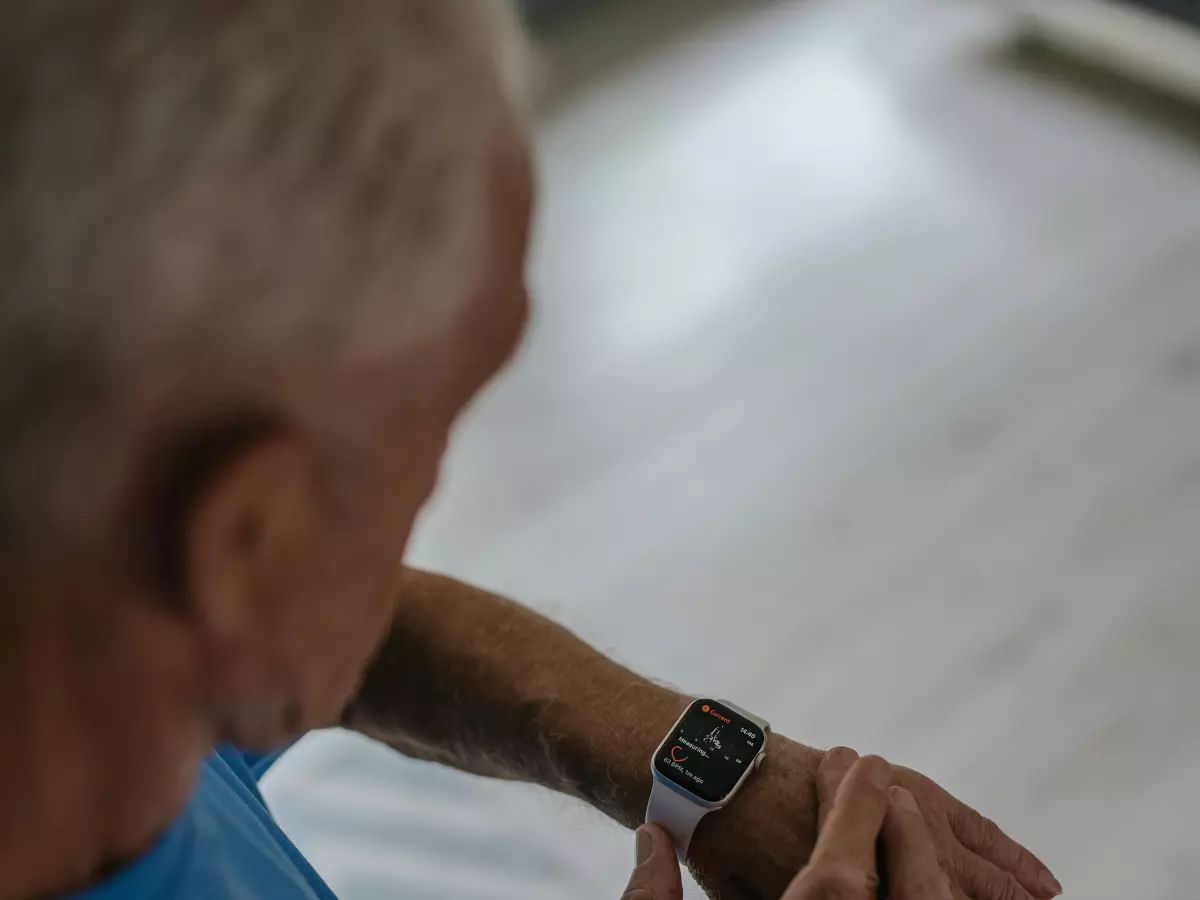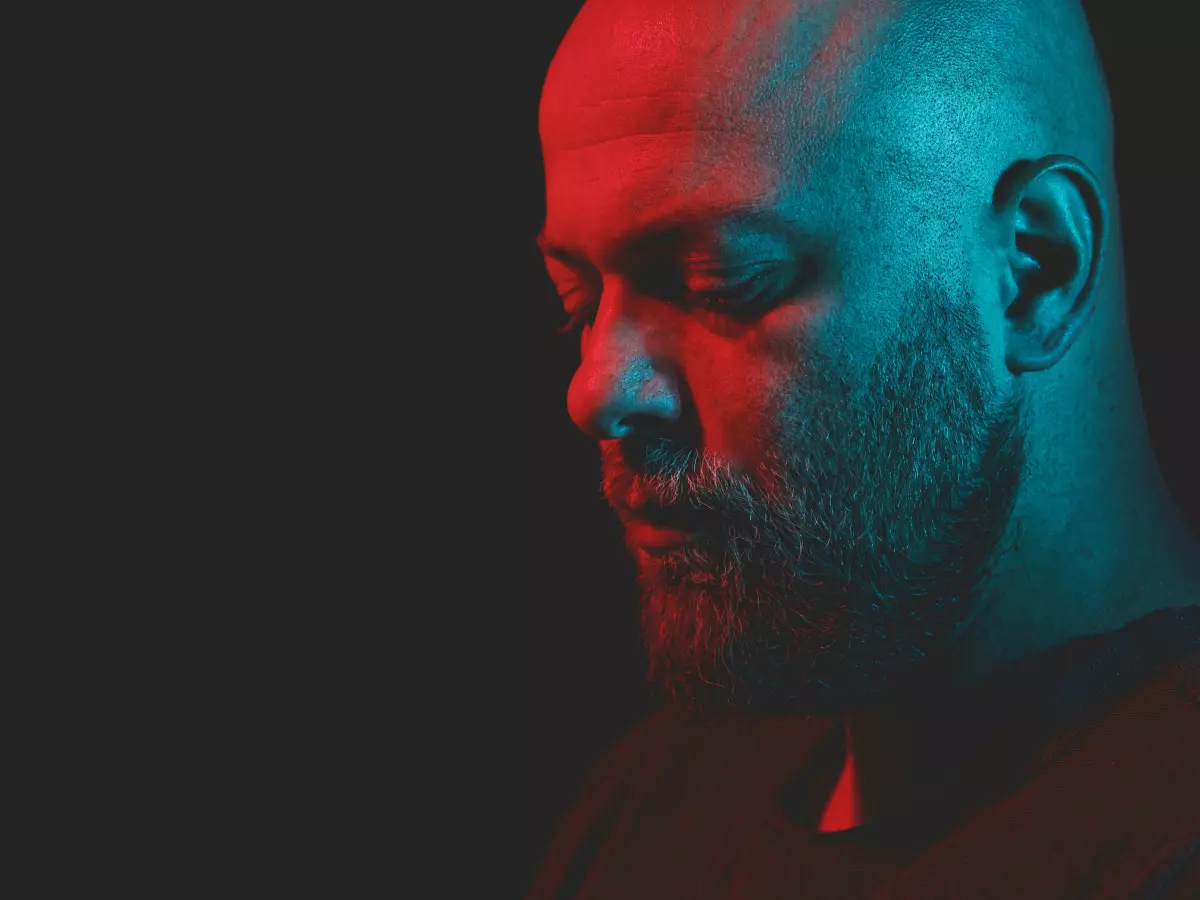Sleep Tech
Think of your wearable device as a personal sleep detective, quietly gathering clues about your nightly rest, and then handing over the evidence to software that cracks the case.

By Sophia Rossi
Have you ever wondered how your smartwatch knows when you're in deep sleep or just tossing and turning? It's not magic, although it might feel like it. The secret lies in the tiny sensors packed into your wearable device, working overtime to track your every move, heartbeat, and even the subtle changes in your skin temperature. But how exactly does this tech wizardry work? And how does the software make sense of all that data?
Let’s break it down. Wearable devices, like smartwatches and fitness trackers, are equipped with a variety of sensors that monitor your body’s signals while you sleep. These sensors are like the Sherlock Holmes of the wearable world, constantly collecting data to help you understand your sleep patterns. But they don’t work alone. Software integration is the Watson to their Sherlock, analyzing the data and turning it into useful insights.
The Sensors Behind Sleep Tracking
At the heart of sleep tracking are three main types of sensors: accelerometers, heart rate monitors, and skin temperature sensors. Each one plays a crucial role in understanding your sleep cycles.
- Accelerometers: These sensors detect movement. They’re the ones responsible for knowing when you’re tossing and turning or lying still. By tracking your movements, accelerometers can estimate when you’re in light sleep, deep sleep, or awake.
- Heart Rate Monitors: Your heart rate changes throughout the night, and heart rate monitors track these fluctuations. During deep sleep, your heart rate slows down, while it may speed up during REM (Rapid Eye Movement) sleep. By analyzing these changes, your wearable can estimate which stage of sleep you’re in.
- Skin Temperature Sensors: Some wearables also include sensors that measure your skin temperature. Your body temperature tends to drop during sleep, and these sensors can help detect when you’re in a restful state versus when you’re awake or restless.
These sensors work together to create a detailed picture of your sleep. But without software to interpret the data, it would just be a bunch of numbers. That’s where software integration comes in.
Software: The Sleep Analyst
Once the sensors collect the raw data, the software steps in to analyze it. Think of the software as your personal sleep coach, taking all the information gathered by the sensors and turning it into something you can actually understand. It breaks down your sleep into different stages—light sleep, deep sleep, and REM—and gives you a sleep score based on how well you slept.
But it doesn’t stop there. The software can also look for patterns over time, helping you identify factors that might be affecting your sleep. For example, it might notice that you tend to sleep better on nights when you go to bed earlier or when your room is cooler. Armed with this information, you can make adjustments to improve your sleep quality.
Battery Life: The Unsung Hero
Of course, all this tracking and analyzing requires power, and that’s where battery life comes into play. Wearables need to strike a balance between collecting data and conserving battery life. After all, no one wants their device to die in the middle of the night.
To achieve this balance, wearables use low-power sensors and smart algorithms that only collect data when necessary. For example, the accelerometer might only activate when it detects movement, while the heart rate monitor might take readings at regular intervals instead of continuously. By optimizing when and how the sensors collect data, wearables can extend battery life without sacrificing accuracy.
What’s Next for Sleep Tracking?
As wearable technology continues to evolve, we can expect even more advanced sleep tracking features. Some devices are already experimenting with blood oxygen sensors to detect sleep apnea, while others are incorporating AI to provide more personalized sleep recommendations. In the future, your wearable might even be able to predict when you’re about to wake up, allowing it to gently rouse you from sleep at the optimal time.
But no matter how advanced the technology gets, the core of sleep tracking will always come down to the sensors and the software that interprets their data. Together, they provide a window into your sleep that was once only available in a sleep lab.
Final Thoughts
So, the next time you check your sleep score on your smartwatch, take a moment to appreciate the tiny sensors and powerful software working behind the scenes. They’re like a dream team—literally—helping you get the best night’s sleep possible. And who knows? With the way technology is advancing, your wearable might soon be able to do even more than just track your sleep. It could become your personal sleep therapist, helping you achieve the perfect night’s rest, night after night.
Now, isn’t that a dream worth chasing?
Sweet dreams!
What do you think? Are you ready to trust your wearable to become your sleep coach?




